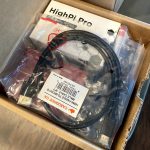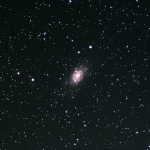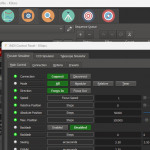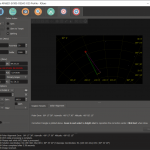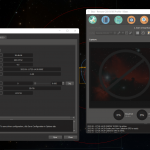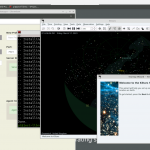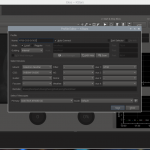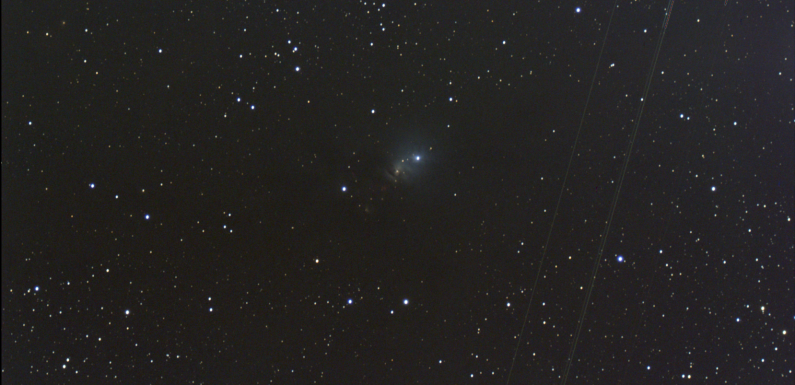
Nice clear night. Started off in the mid-30s but the temperatures fell into the mid-20s pretty quick after dark. I am testing out a new Raspberry Pi Build and a few new techniques for connectivity and EAA observations. The Wifi network is not able to handle some of the connectivity options I am working on, so I am wired. There is an ethernet cable hung out the window out to the scope to connect up the new Raspberry Pi. Works like a charm. Even though I tested things during the day I had some minor connectivity issues with indi and the mount, but I worked through them pretty quickly (I call them minor issues, it was really just me forgetting to do stuff).
I shot new flats and darks connecting the camera directly to SharpCap using USB over IP. This worked OK. The flats actually turned out right nice, bu there was a weird issue with my darks so I had to use some from an earlier session.
One technique I tried during this session which I really liked was doing my first run at an object with 30 second exposures. Then adding in 1 minute exposures to increase the detail. When EAA observing you are watching the screen. The problem with long exposures is… well they are long and there is nothing to see for awhile. Doing 5 minutes of 30 second exposures is usually plenty of time to get something interesting on the screen, adding the 1 minute exposures make objects start to really pop. You will definitely see 10 x 30 second and AA x 60 second exposures in most of my EAA live stacks from here on out.
The EAA images in this post were capture with my ZWO ASI294MC Pro cooled to -10 C through my SVBONY SV503 102ED scope with 0.8 Focal Reducer and a SVBONY IR/UV Cut filter. Focus was obtained with the ZWO EAF using the Ekos Focus Module. The images were live stacked using SharpCap Pro. The mount and cameras are remotely controlled with KStars/Ekos with INDI Server running on a Raspberry Pi. The images have been resized (80% of original) and/or cropped for file size but otherwise appear just as I observed them.
NGC 1560 a spiral galaxy in the constellation of Camelopardalis. This is a live stack of 30 x 30 second and 5 x 60 second exposures at 121 gain, 8 offset, and no binning.
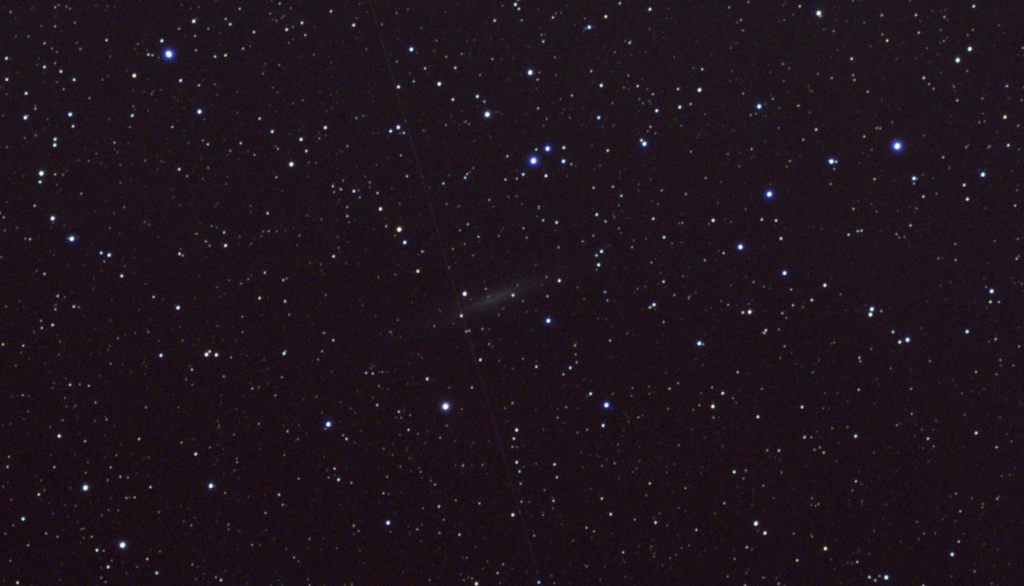
I captured the frames for this one with no binning and the file sizes were pretty out of control. The individual FITS files were over 20MB and the stacked PNG was over 55MB. I had to crop the image a lot to get it to a file size I was able to upload for the post. So I switched back to bin2 for the rest of the observing.
NGC 1333 a reflection nebula in the constellation of Perseus. This is a live stack of 10 x 30 second and 30 x 60 second exposures at 121 gain, 8 offset, and bin 2×2.
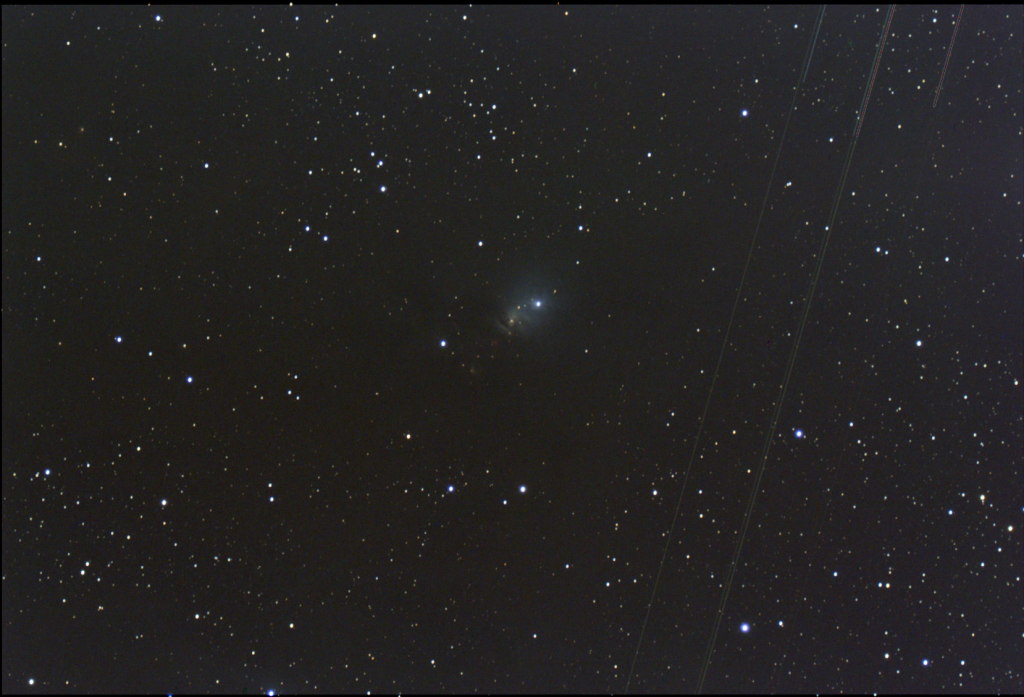
NGC 1333 is a new one for me. It started to resolve after the first few frames, but really popped out when I increased the exposures to 60 seconds. This was one of my favorite observations of the night.
NGC 1275 a Seyfert galaxy galaxy in the constellation of Perseus. This is a live stack of 10 x 30 second and 25 x 60 second exposures at 121 gain, 8 offset, and bin 2×2.
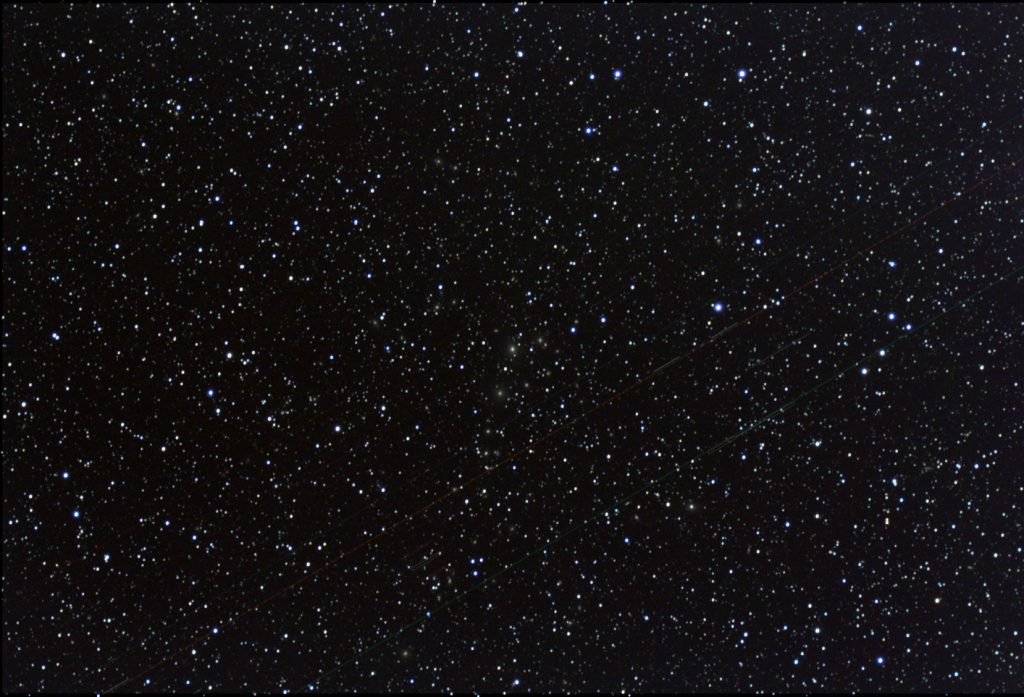
NGC 1275 is the faint fuzzy directly in the center of the FOV. It is near the center of the large Perseus Cluster of galaxies. There is well over 100 galaxies in the FOV. Here is the SharpCap Deep Sky Annotation which points out a few of them:
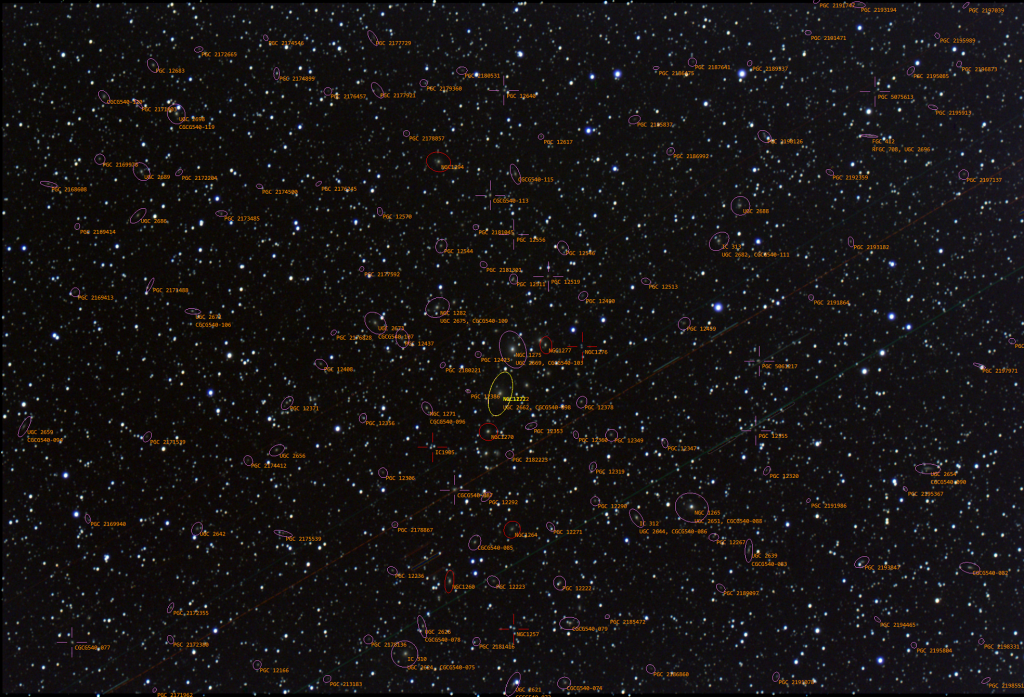
Not much to look at here.
IC 348 a star forming region with nebula in the constellation of Perseus. This is a live stack of 10 x 30 second and 15 x 60 second exposures at 121 gain, 8 offset, bin 2×2.
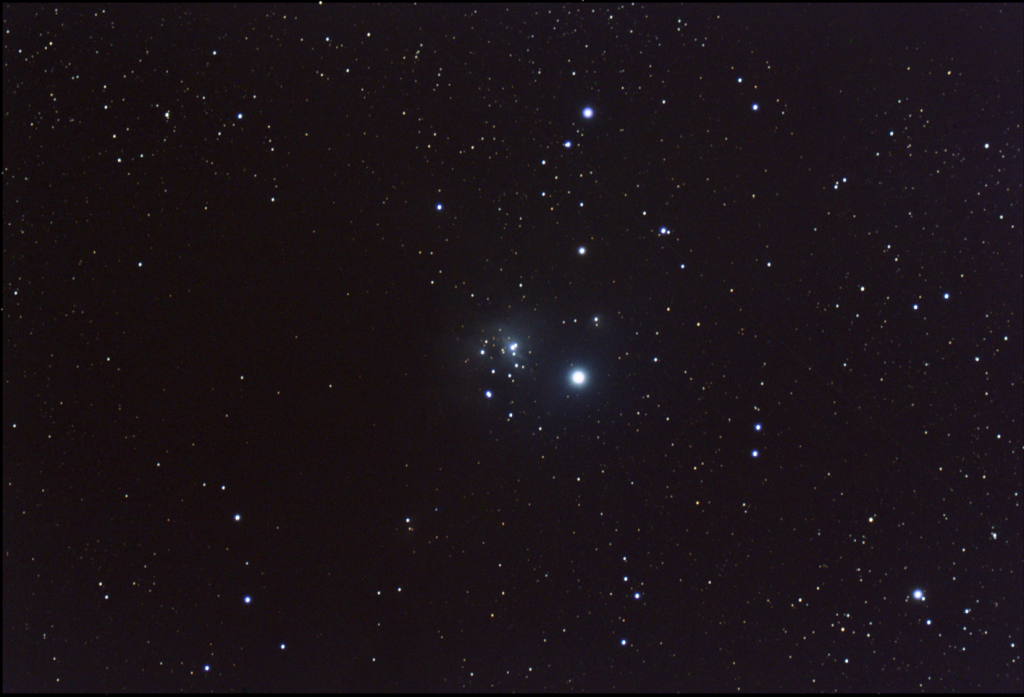
Another new one! Well millions of years old, but I have never seen it before. The star forming region is relatively close to us, only about 1000 light years away. Reflection nebula with around 400 stars in the cluster.
Messier 45 (M45), The Pleiades, an open cluster of stars in the constellation of Taurus. This is a live stack of 10 x 30 second and 15 by 60 second exposures at 121 gain, 8 offset, bin 2×2.
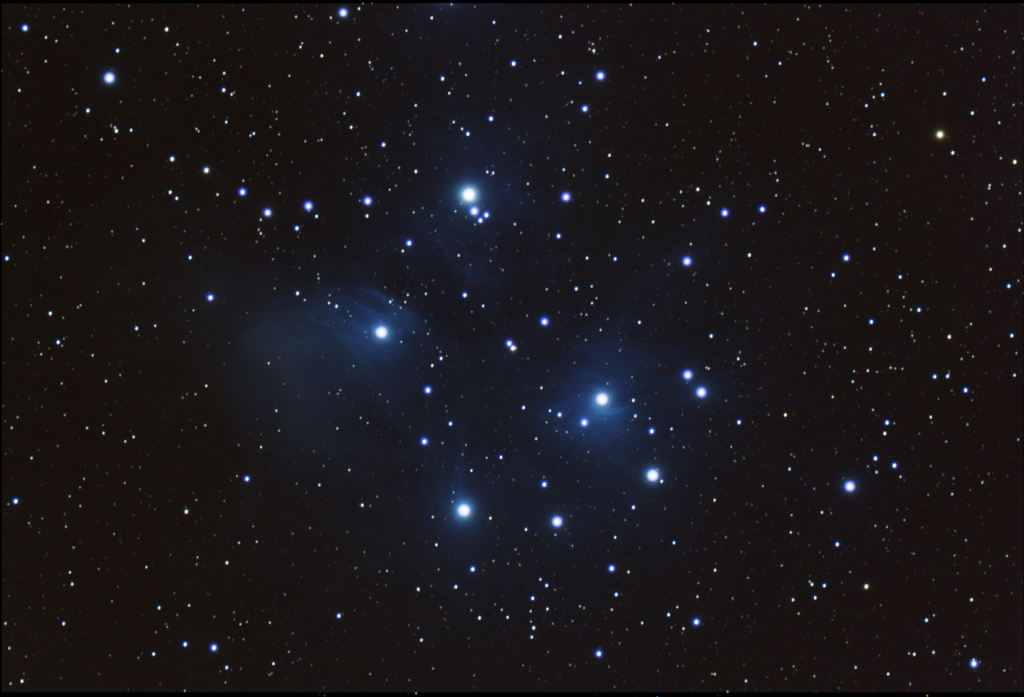
I centered the FOV on the star HD23463 to try to get as much of the cluster as possible. I was able to get most of it. The blue nebula of the Meropa Nebula (IC 349 and NGC 1435) and the Maia Nebula (NGC 1432) was really pleasing to observe.
NGC 1909 or IC 2118, the Witch Head Nebula, a faint reflection nebula in the constellation of Orion. This is a live stack of 10 x 30 second and 25 x 60 second exposures at 121 gain, 8 offset, bin 2×2.
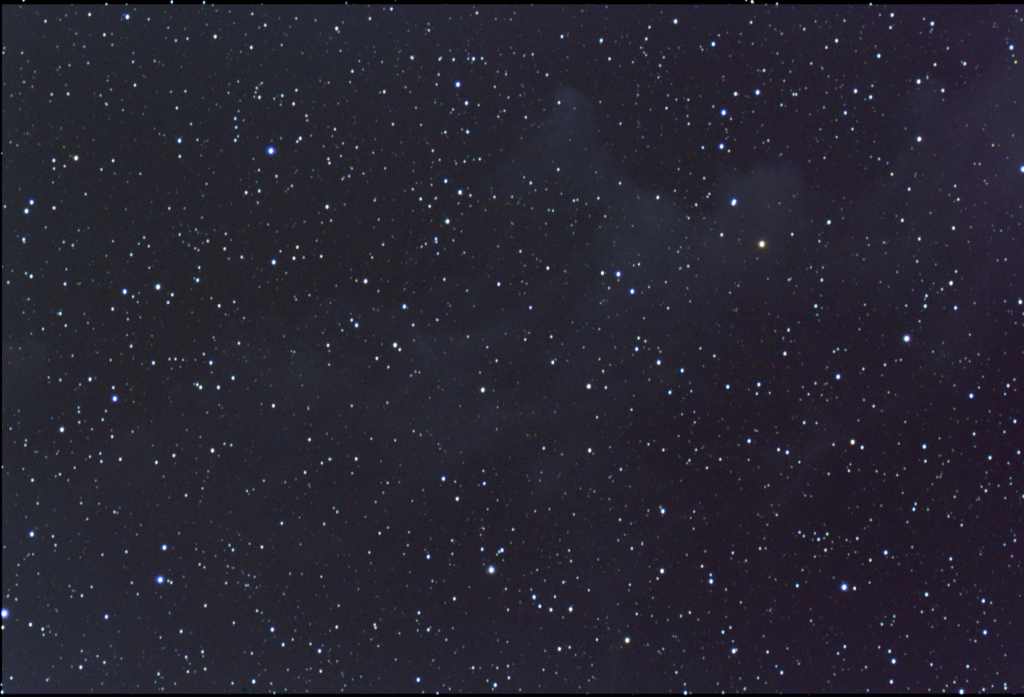
Very dark nebula, but as the frames stacked I could resolve some of the cloud like details. I can definitely see the Witch’s chin and nose.
IC 2177 is an emission nebula on the border between the constellations Monoceros and Canis Major. This is a live stack of 10 x 30 second and 15 x 60 second exposures at 121 gain, 8 offset, and bin 2×2.
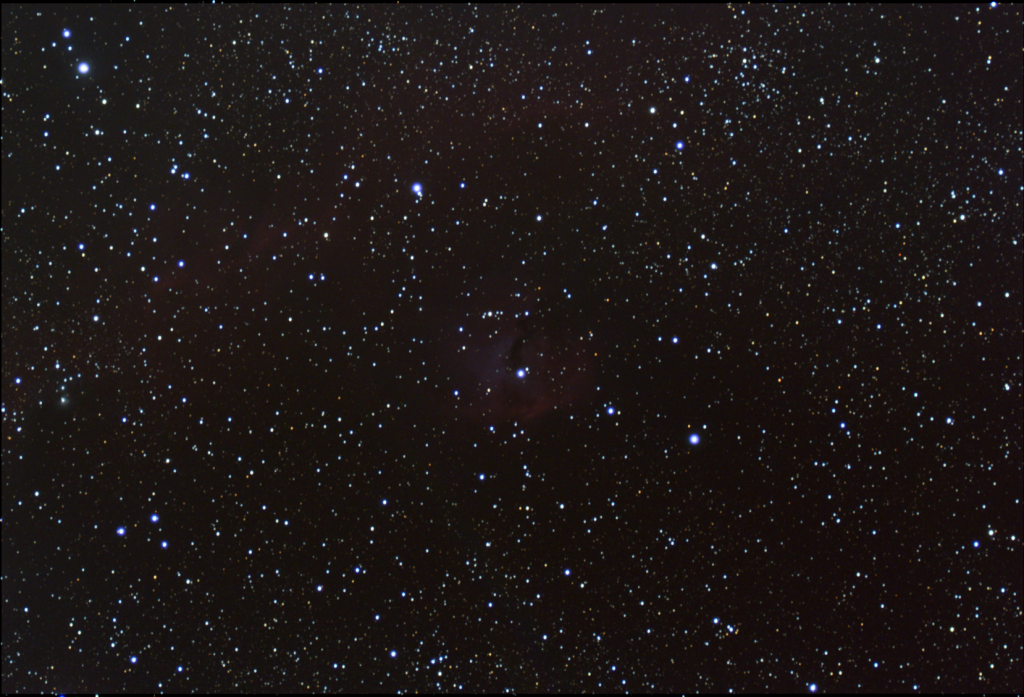
IC 2177 is also know as the Sea Gull Nebula, but I don’t really see it. I do see NGC 2327 which is a small reflection nebula, it is to the center near the left edge. There is also an open cluster, NGC 2335, in the upper right of the FOV. I should have swapped out the IR/UV Cut for the Narrowband filter, but it’s cold out there.
Messier 33 (M 33), the Triangulum Galaxy, in the constellation of Triangulum. This is a live stack of 10 x 30 second and 15 x 60 second exposures at 121 gain, 8 offset, and bin 2×2.
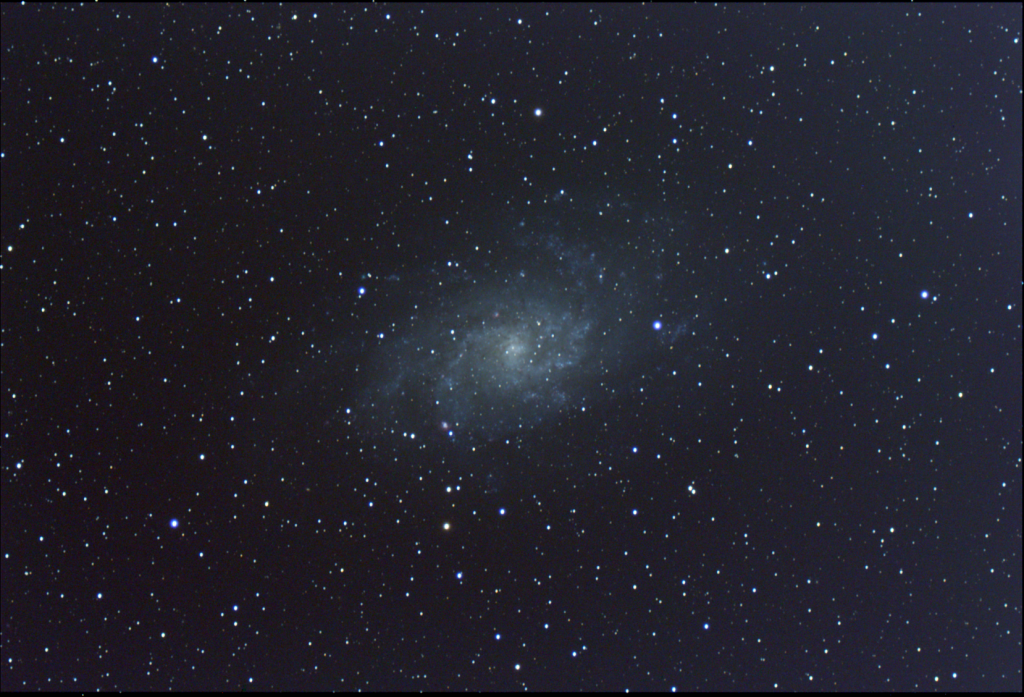
Hello friend. Very nice.
M81 (Bode’s Galaxy), M82 (the Cigar Galaxy), and NGC 3077 in the constellation of Ursa Major. This is a live stack of 10 x 30 second and 15 x 60 second exposures at 121 gain, 8 offset, and bin 2×2.
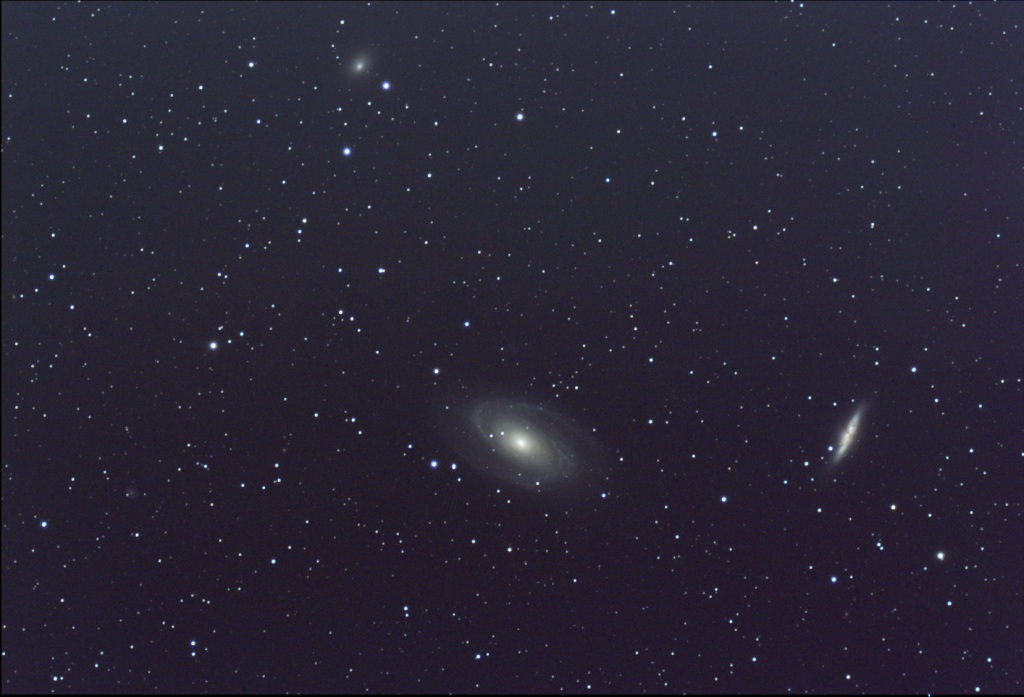
I centered on Holmberg IX which I am not able to resolve, but it allowed me to get these three members of the M81 Group framed up nicely in the FOV.
IC 2574, Coddington’s Nebula, is a dwarf spiral galaxy in the constellation of Ursa Major. This is a live stack of 10 x 30 second and 10 x 60 second exposures at 121 gain, 8 offset, and bin 2×2.
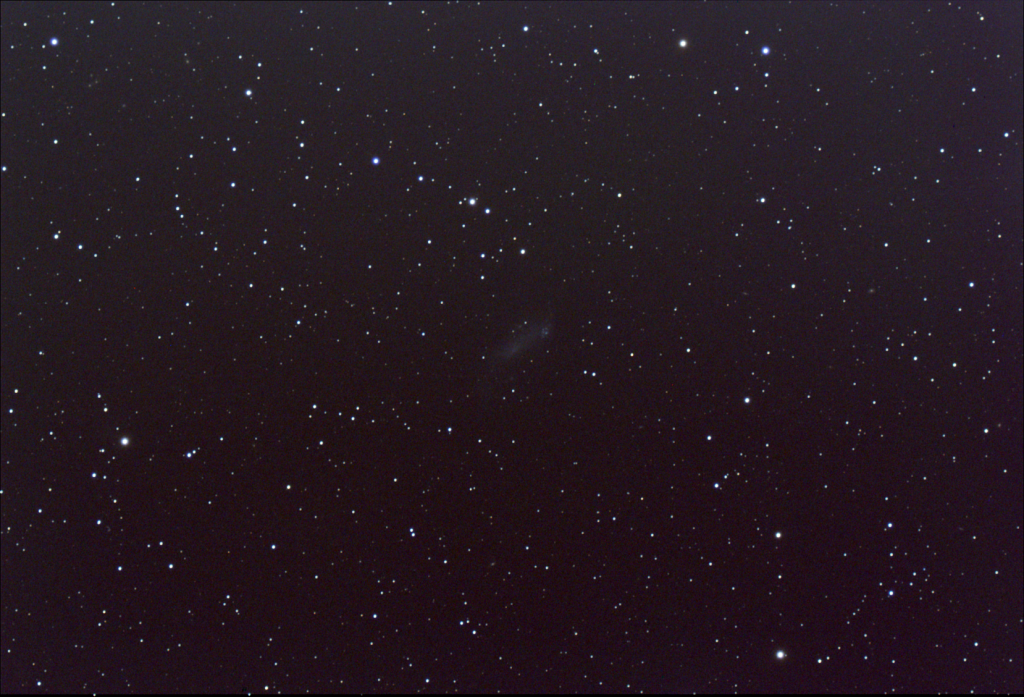
IC 2574 is an outlying member of the M81 Group. It is a bit brighter and easier to resolve that I thought it was going to be. There is an interest bright area in the galaxy just to the right of center. I’ll be back to check this one out a bit more.
Comet C/2020 ZTF is moving through the northern sky. This is a live stack of 10 x 30 second and 10 x 60 second exposures at 121 gain, 8 offset, and bin 2×2.
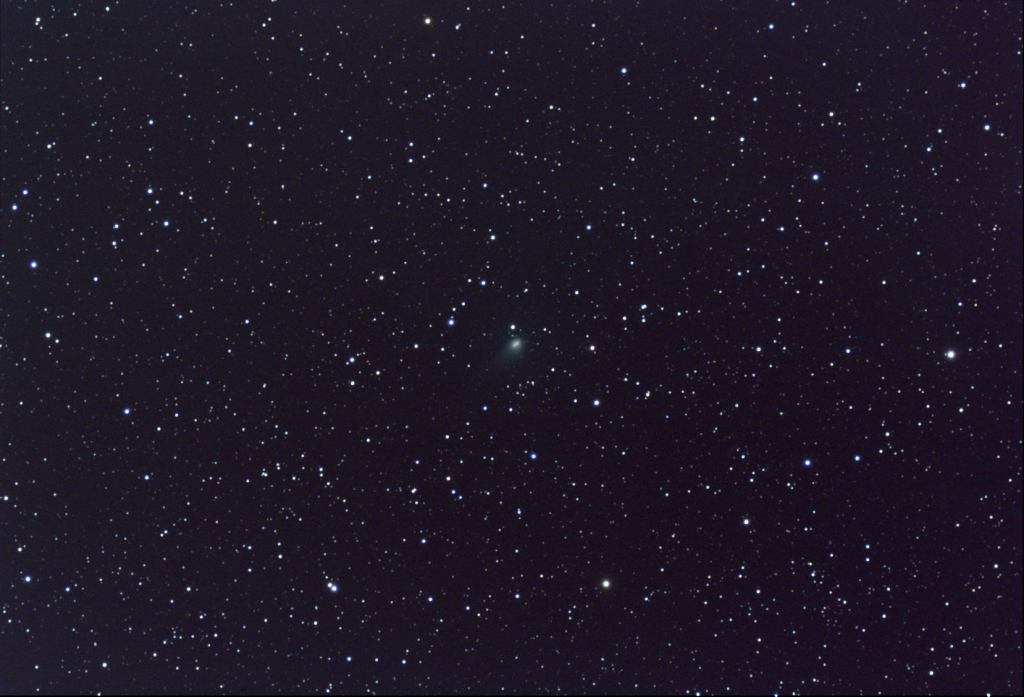
I did not expect to see much here, but was presently surprised. After just a few frames I could see the greenish dusty tail.
Packed up and covered the scope just before midnight. It was cold in the mid-20’s. A bit more humidity than the past few nights and a thin layer of frost had formed on anything without a dew heater. Overall a great night for some EAA observing.




